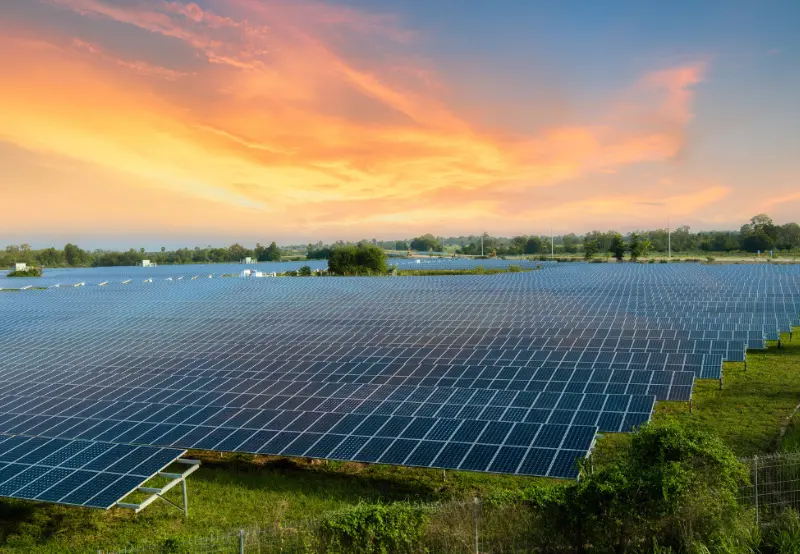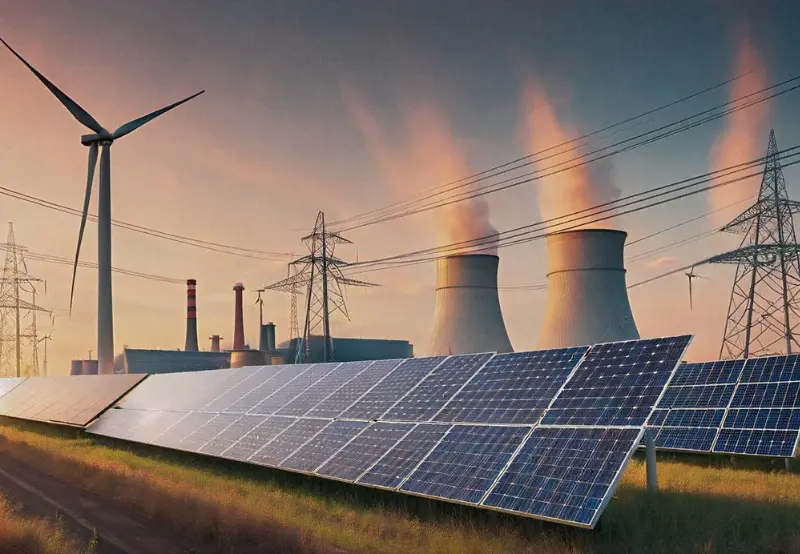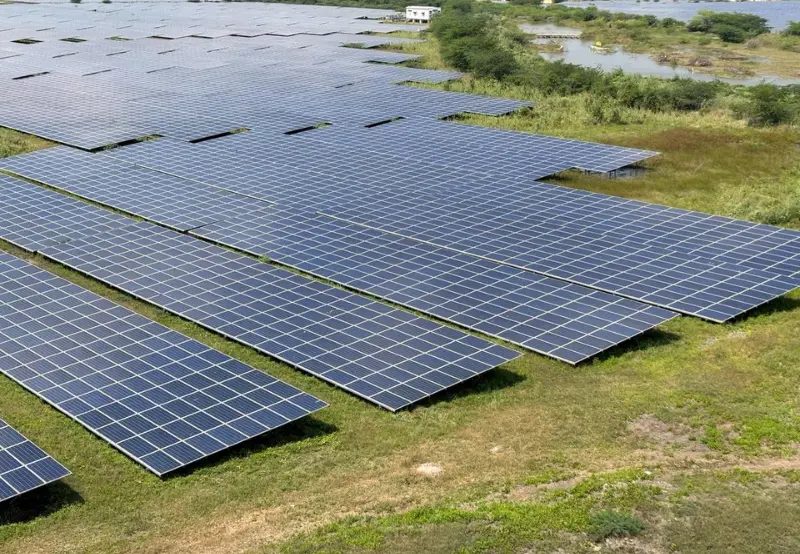India Solar Growth 2025 hits an all-time high with 17 GW added in just six months. Discover what’s driving this clean energy revolution and what it means for India’s future.
Table of Contents
- Introduction: A Landmark in India’s Renewable Energy Journey
- India Solar Growth 2025: Breaking All Records
- What is Driving the Solar Boom?
- Government Policies Powering Growth
- State-wise Performance in Solar Installation
- Why Solar is Outpacing Other Renewables
- The Role of Private Sector Giants
- Challenges Despite the Record-Breaking Growth
- The Road Ahead: Forecast for H2 and Beyond
- Conclusion: A Solar-Powered Vision for India
1. A Landmark in India’s Renewable Energy Journey
India is lighting the path to a sustainable future, and 2025 is already a defining year. According to The Times of India and SolarQuarter, India achieved a record-breaking addition of 17 GW of solar power in just the first half (H1) of 2025. This staggering growth brought the nation’s total renewable energy capacity to 190 GW—the highest six-month growth in India’s energy history.
2. India Solar Growth 2025: Breaking All Records
From January to June 2025:
- India added 17 GW of solar capacity, the highest-ever for any six-month period.
- The total renewable build-out reached 21.8 GW, combining solar, wind, hydro, and bio-energy.
- Solar accounted for nearly 78% of all renewable additions, proving once again that solar energy is the undisputed leader in India’s energy transition.
This achievement has positioned India among the top three global solar markets in terms of absolute H1 capacity addition.
3. What is Driving the Solar Boom?
Several factors are propelling India’s solar surge:
- Sharp fall in solar module prices (30–40% YoY globally)
- Increase in domestic manufacturing under the PLI scheme
- High investor confidence with large-scale tenders from SECI and state agencies
- Urban and rural expansion of Rooftop Solar (RTS) initiatives
According to Rystad Energy, improved tendering processes and favourable tariffs are making solar investments more viable than ever.
4. Government Policies Powering Growth
India’s solar momentum is largely backed by:
- PM Surya Ghar Muft Bijli Yojana promoting 300 free units for rooftop solar homes
- Green Energy Corridor Phase-II for seamless renewable grid integration
- Waivers on inter-state transmission charges until 2030 for solar developers
The Ministry of New and Renewable Energy (MNRE) has been actively streamlining approval processes for utility-scale and hybrid solar parks.
🔗 Explore Related: India’s Renewable Push and Grid Infrastructure Plans
🗺️ 5. State-wise Performance in Solar Installation
The leaders of India’s solar revolution in H1 2025 were:
- Rajasthan: Added over 4.5 GW
- Gujarat: Close second with 3.8 GW
- Karnataka: Added 2.2 GW, driven by hybrid tenders
- Tamil Nadu: Surged with 1.7 GW, mostly from industrial rooftops
- Maharashtra & Telangana: Picked up momentum with large C&I demand
These states are leveraging land availability, transmission infrastructure, and investor policies to scale quickly.
6. Why Solar is Outpacing Other Renewables
Solar wins due to its:
- Lower cost per MW (up to 50% less than new wind projects)
- Faster deployment time (4–6 months vs. 12–18 for wind/hydro)
- Scalable storage compatibility with battery and hybrid projects
Moreover, India’s abundant sunlight offers over 300 clear days annually, making solar far more consistent than other intermittent renewables.
7. The Role of Private Sector Giants
Key players driving this boom:
- Adani Green Energy: Added ~2.3 GW in H1 alone, focusing on Gujarat and Rajasthan
- Tata Power Renewable: Expanded rooftop and B2B solar across South India
- ReNew Power: Commissioned large solar + storage hybrid projects
- NTPC Renewable Energy Ltd: Took the lead in integrating utility-scale solar with floating solar farms
Their growing investments and proven EPC capabilities are accelerating delivery timelines.
8. Challenges Despite the Record-Breaking Growth
While the numbers are encouraging, hurdles persist:
- Land acquisition delays in certain states
- Lack of bankable storage integration models
- Fluctuating global supply chain issues for modules and inverters
- DISCOM payment delays affecting PPA execution
The solution lies in policy reform, risk-mitigation frameworks, and improved DISCOM health.
9. The Road Ahead: Forecast for H2 and Beyond
Experts predict that H2 2025 could witness an additional 20–25 GW of solar capacity, especially with:
- Upcoming SECI auctions (over 15 GW pipeline)
- India’s push to meet the 500 GW non-fossil target by 2030
- New projects in floating solar, green hydrogen, and Round-the-Clock (RTC) renewable energy
By the end of 2025, India may cross the 210–215 GW renewable capacity mark, with solar playing a dominant 70% share.
🔗 Also Read: India Expected to Hit 132 GW Solar by 2026
10. A Solar-Powered Vision for India
India’s record solar growth in H1 2025 is more than just impressive statistics—it signals a paradigm shift in how the nation generates power. Backed by proactive policy, falling costs, and investor confidence, solar energy is turning into India’s flagship resource for sustainable development.
As we move towards 2030, the pace of India’s solar journey sets a global example of clean energy leadership, inclusive growth, and climate-conscious innovation.






